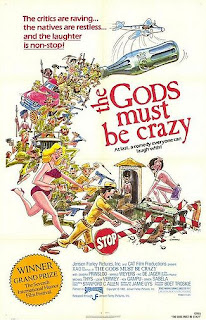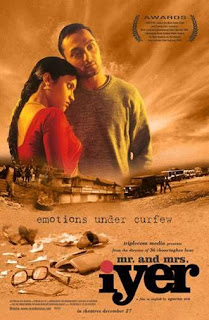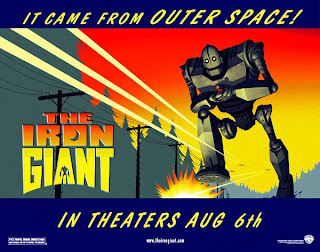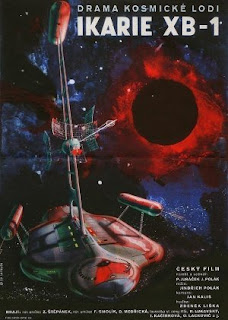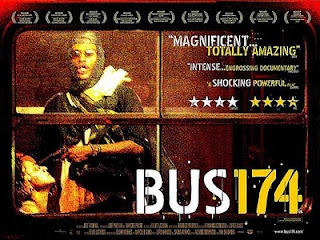AFED #88: Behind the Headlines (UK 1956); Dir. Charles Saunders

I'm going to have to be quick because this one was so forgettable I'm afraid it might slip from the memory entirely. Behind the Headlines is a short (just 65 minutes) second feature that was presumably produced as a 'quota quickie' ; low-budget British films made under the edict of the 1927 Cinematograph Films Act with the intention of stimulating the indigenous industry. Between 1930 and 1960 (when the Act was repealed) thousands of quickies were made, mostly deemed to be of lamentable quality. Personally I think there are some real gems amongst them and hopefully I'll be able to look at some more in the coming weeks and months. In fact Behind the Headlines is by no means a bad example and certainly benefits from higher production values than were typical, but there's nothing remarkable either. It starts promisingly; a platinum blonde bombshell takes a phone call at her flat from somebody she's apparently blackmailing and shortly after is murdered
